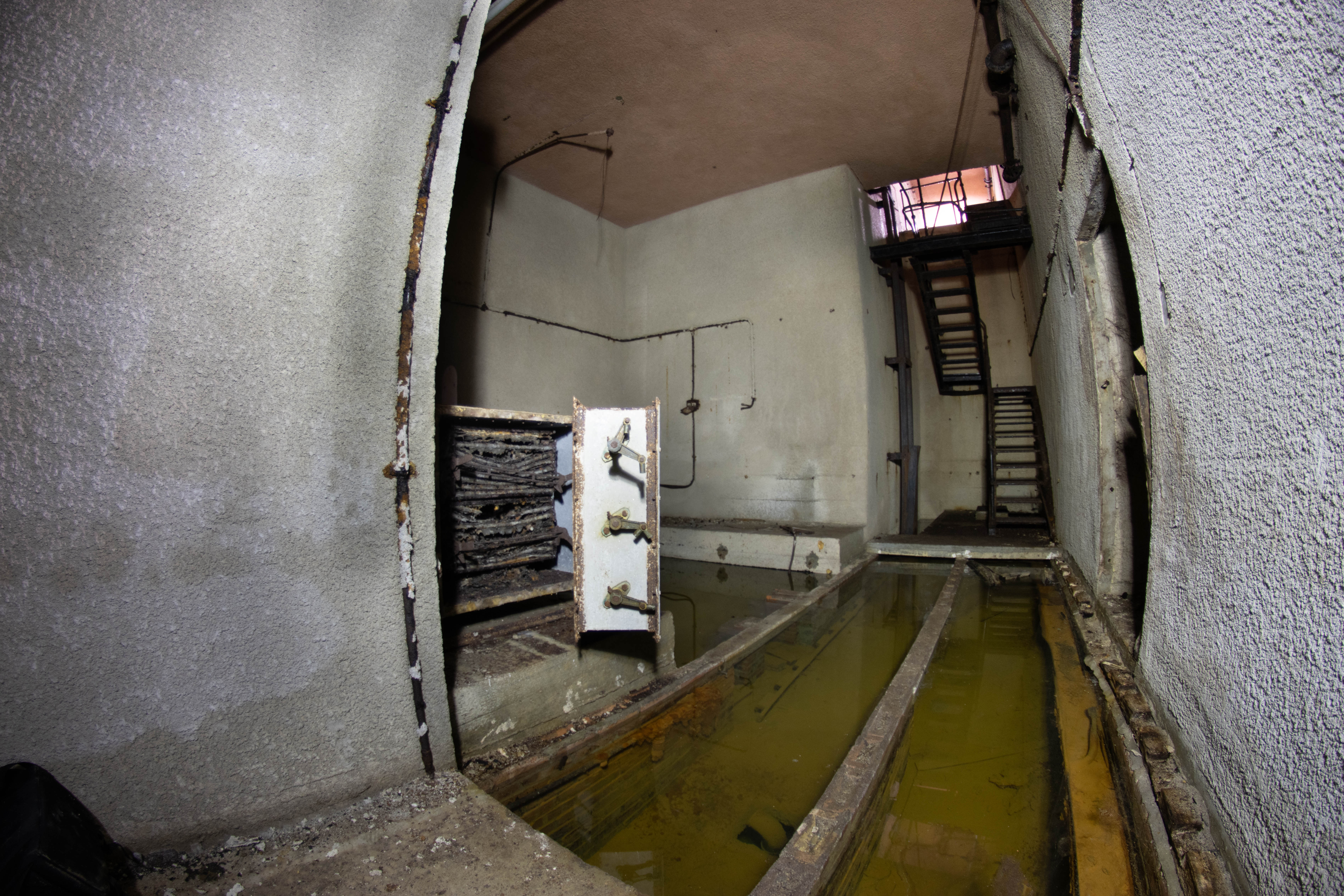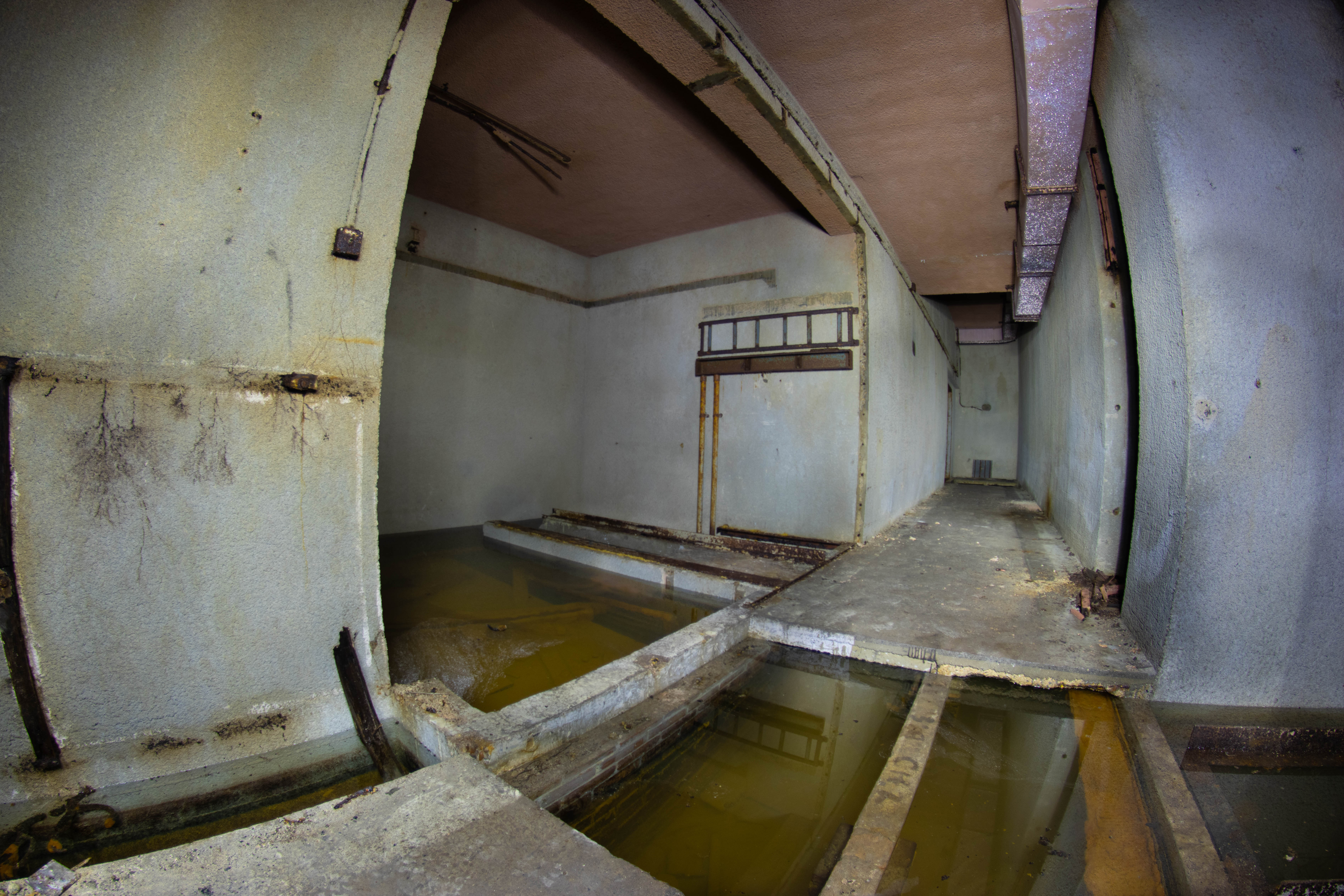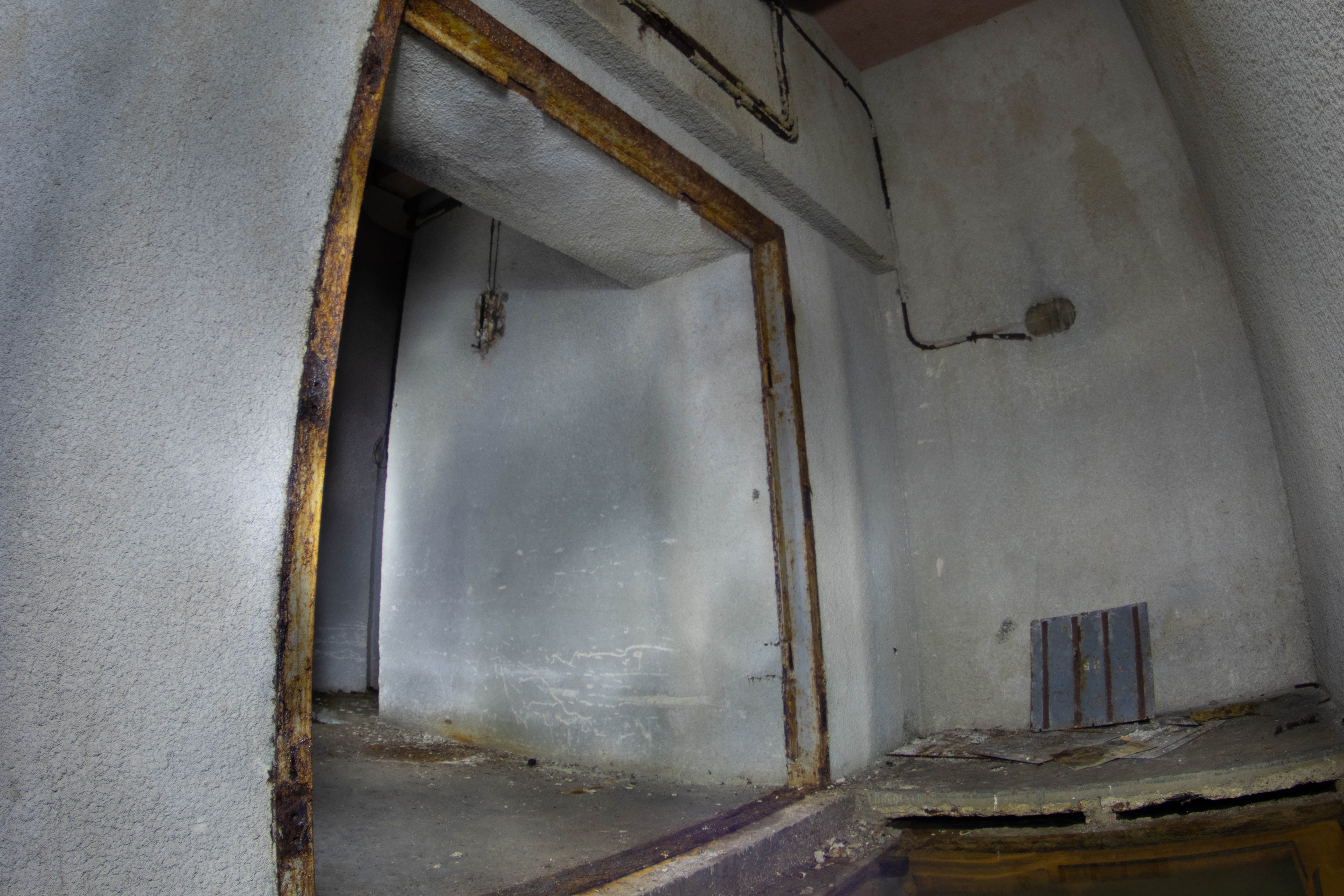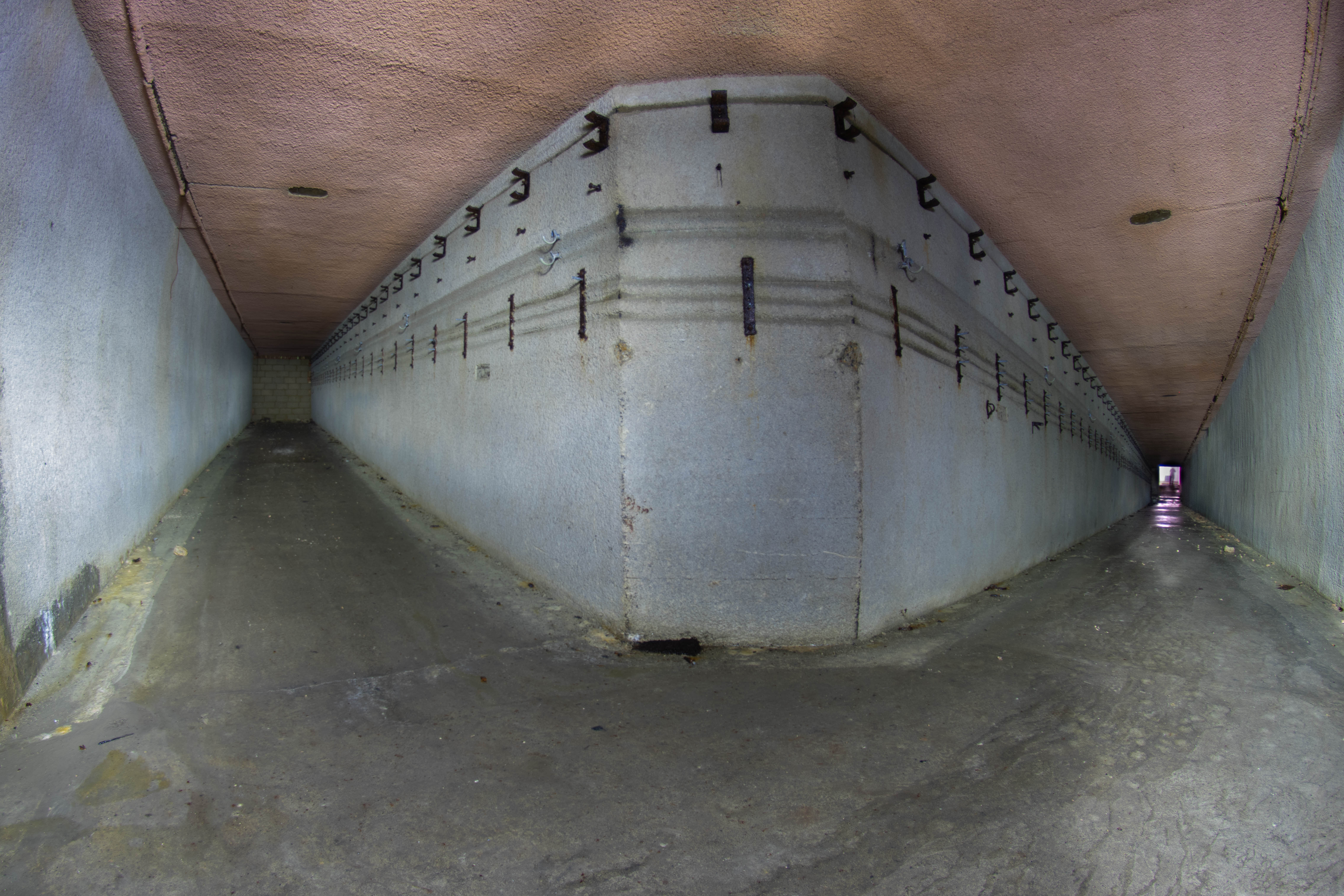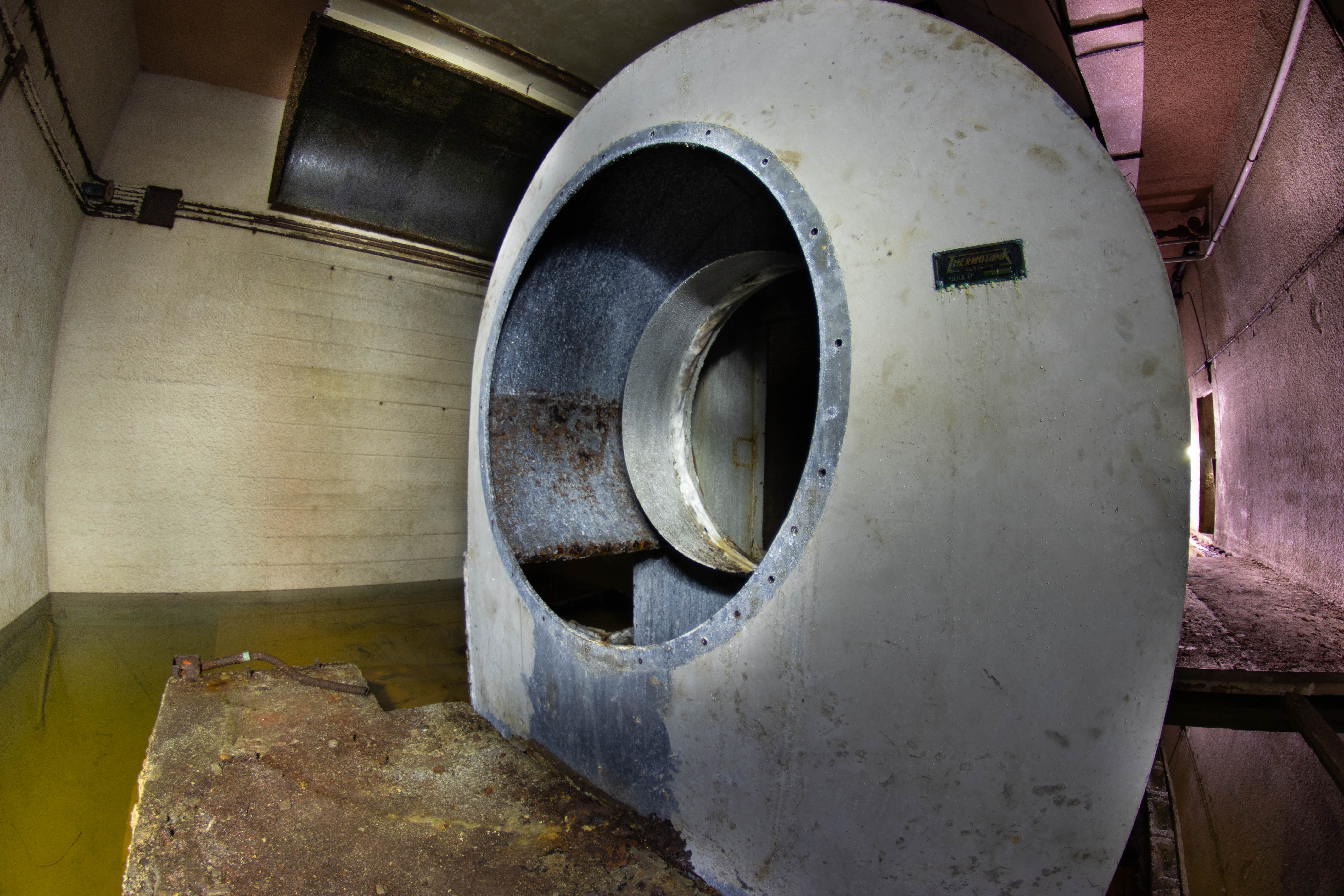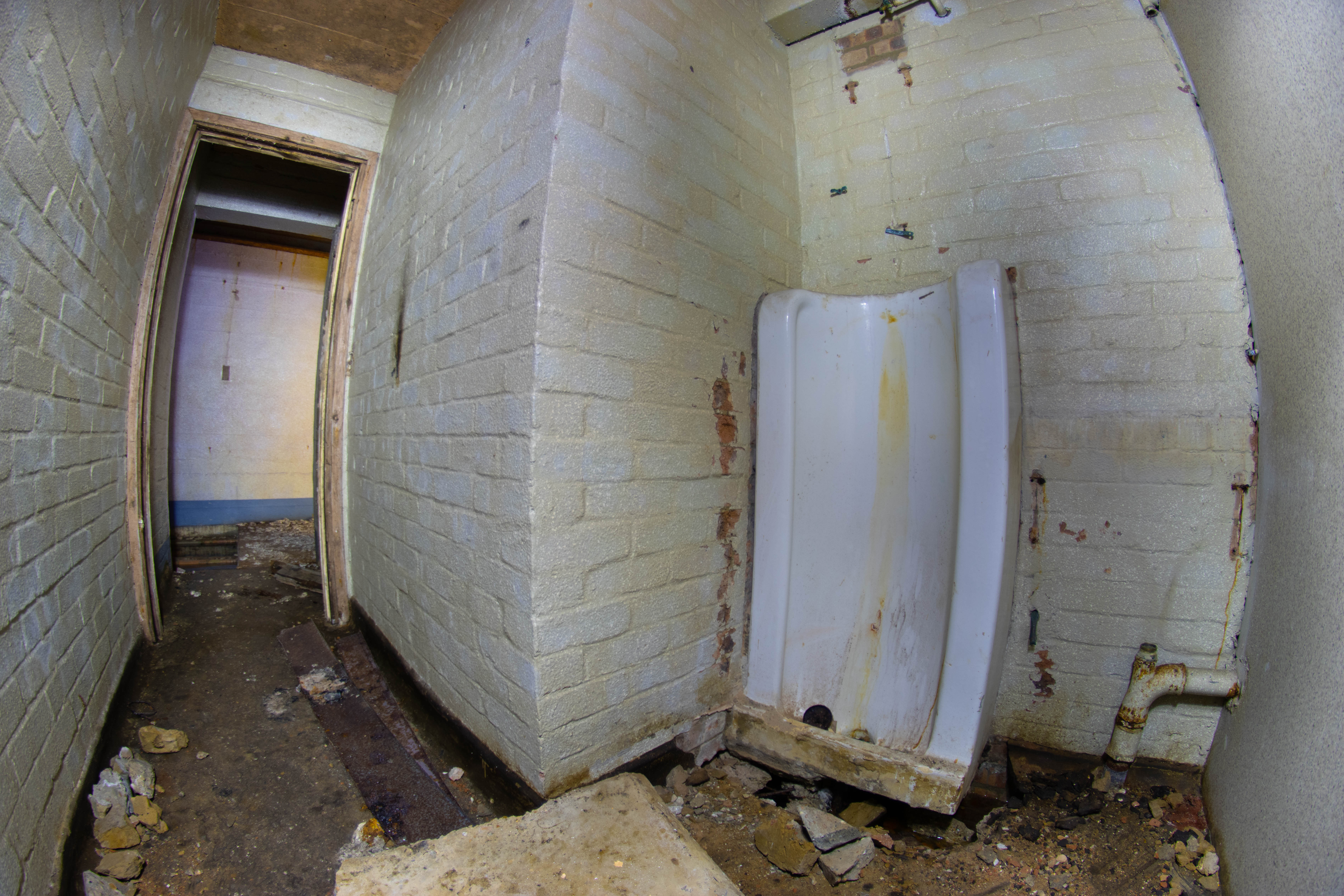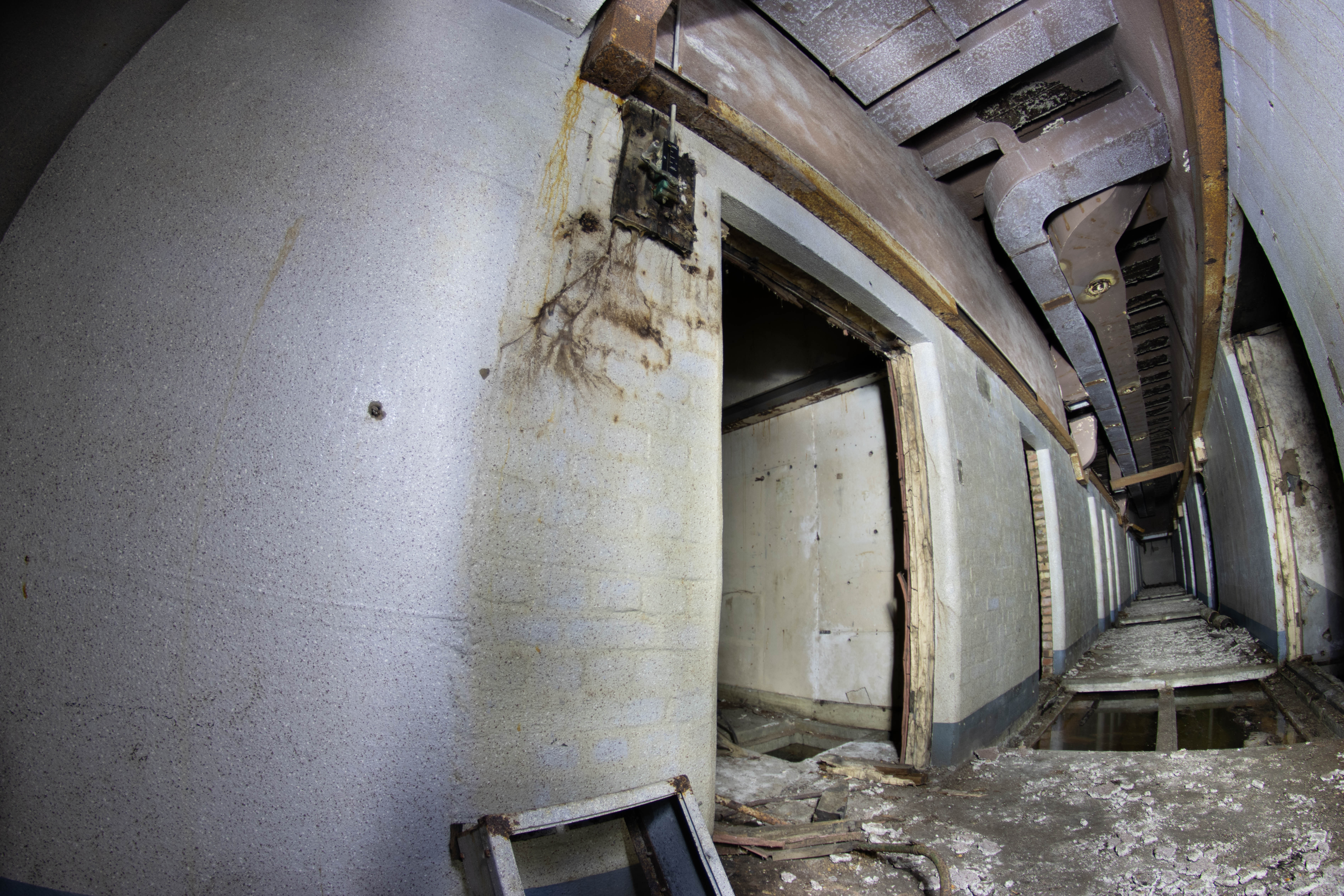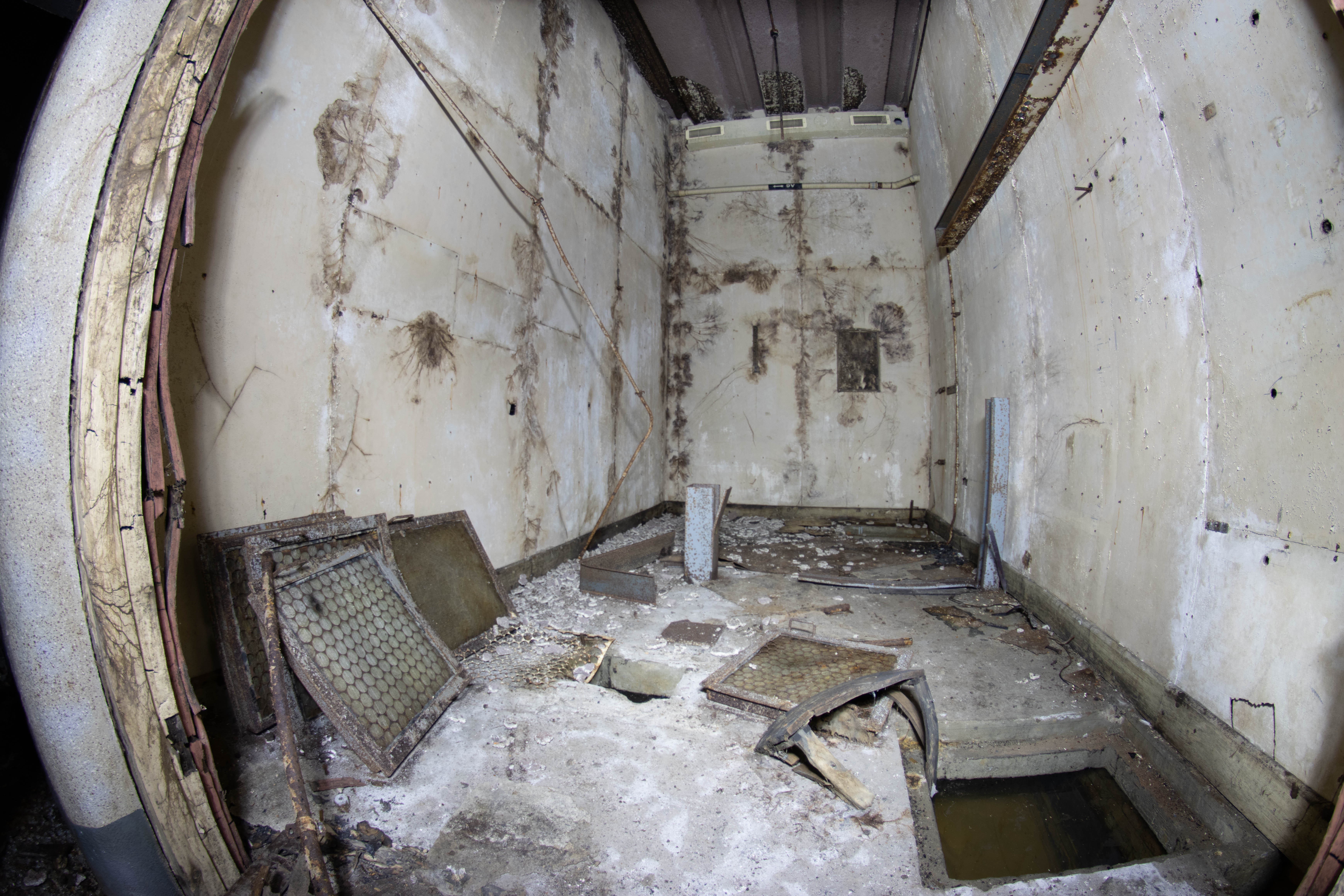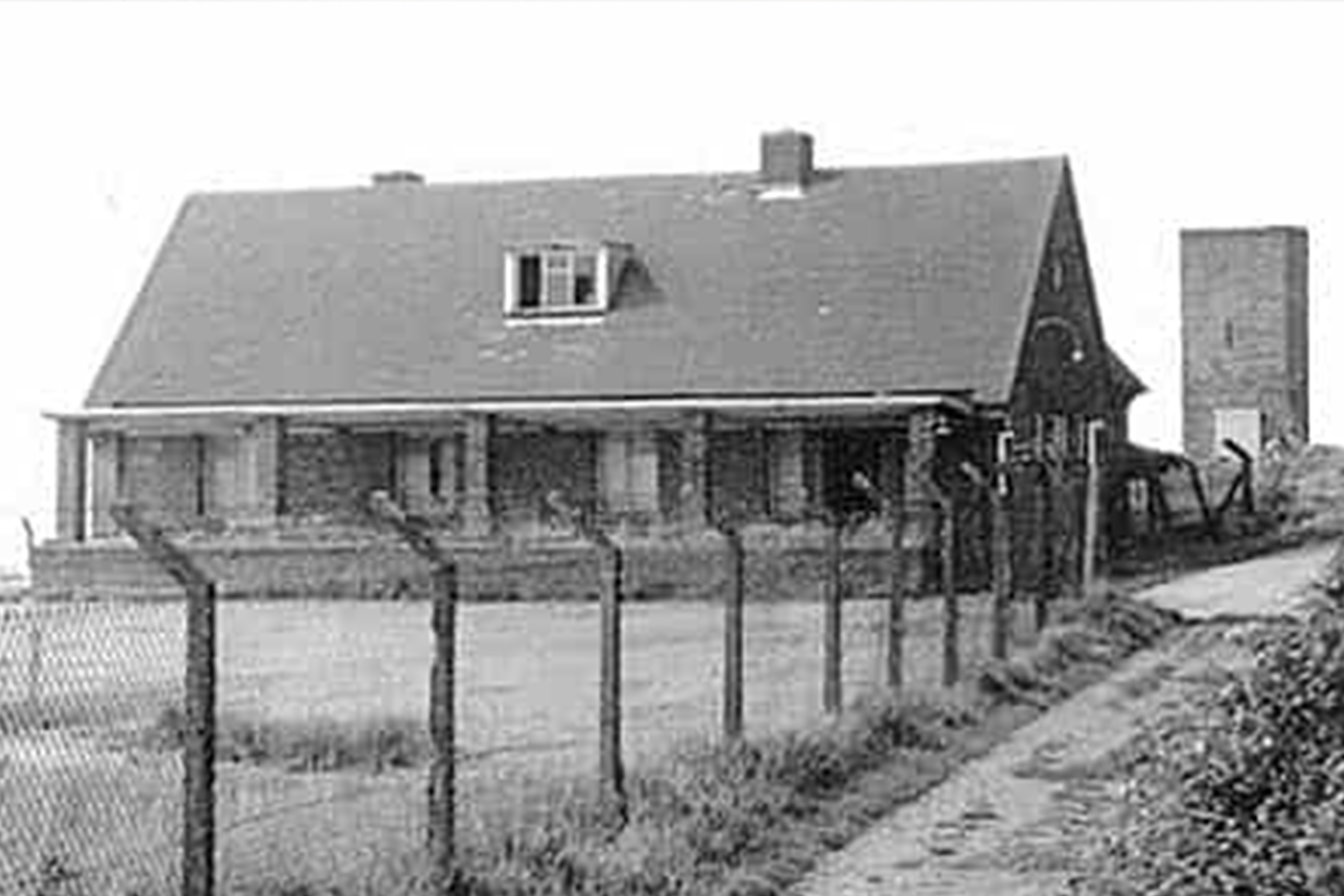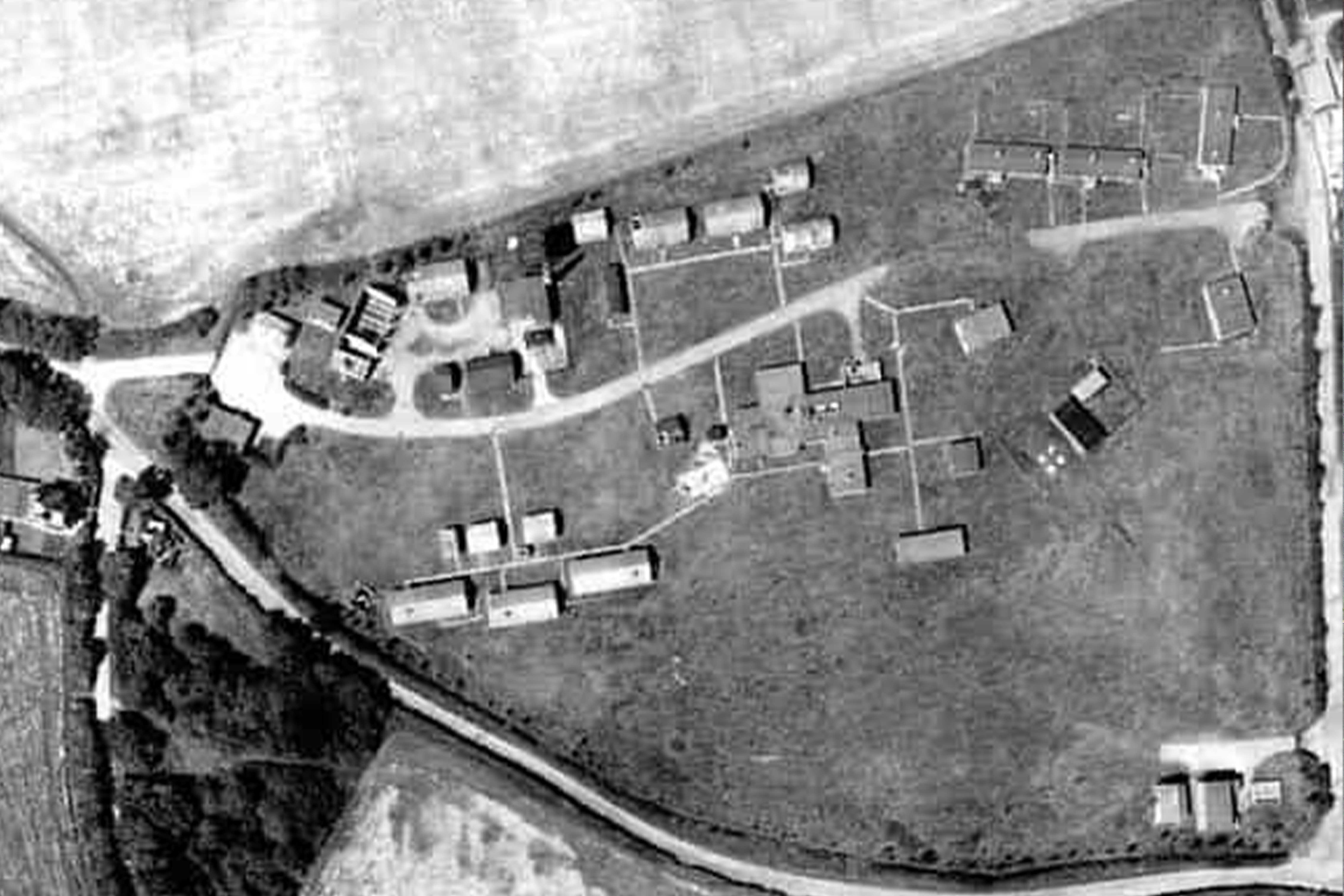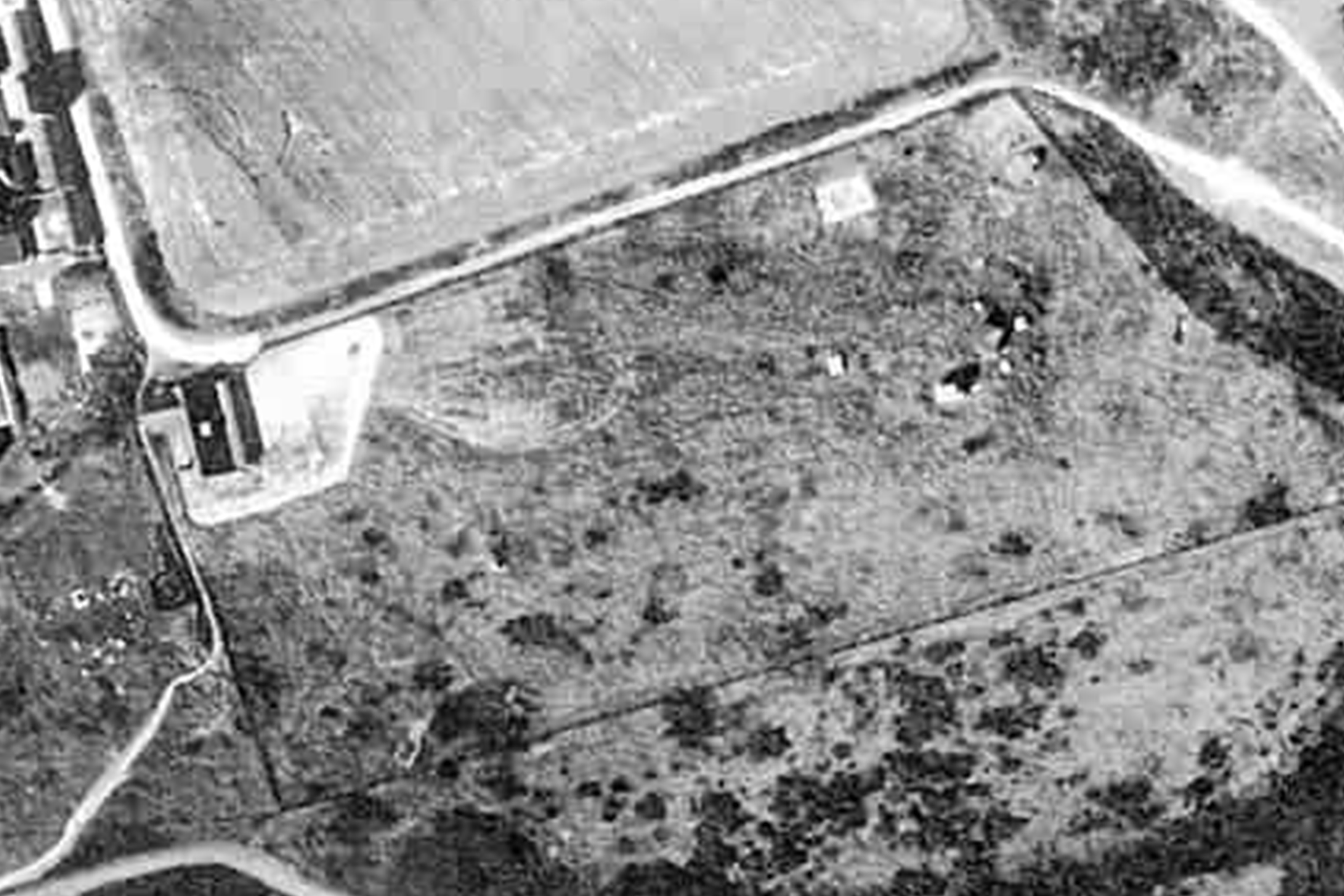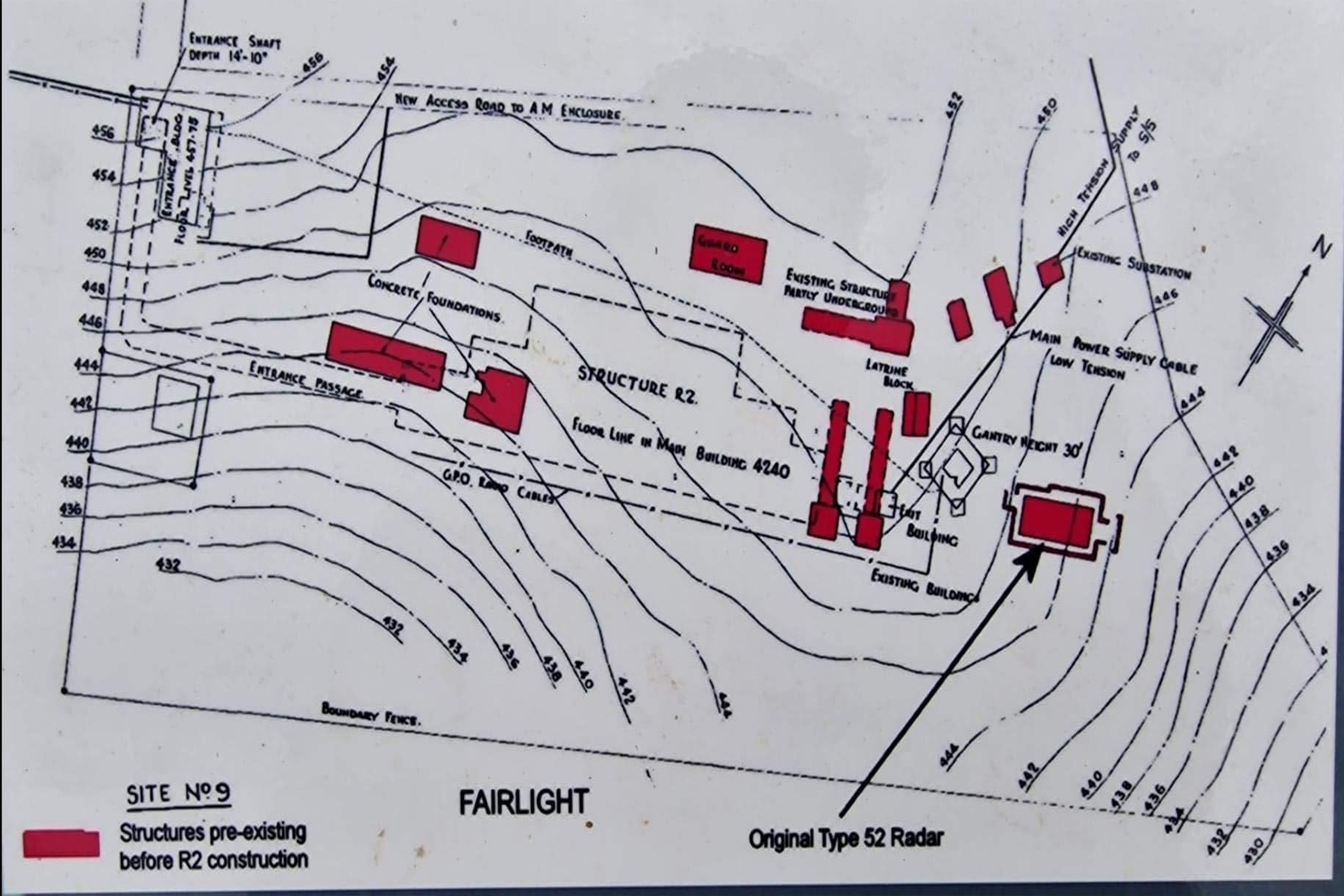Fairlight R2 Rotor Radar Station
The Fairlight Chain Home Low (CHL) Radar Station, designated 05A in 75 Wing, became operational by September 1940. Located near Hastings on the north side of Fairlight Road, it featured both ‘A’ and ‘B’ sites and was equipped with several early radar types including Type 4, 11 Mk1, 31, 52, and 53. Initially part of Britain’s radar defence network during World War II, Fairlight played a key role in early detection of enemy aircraft.
Following the launch of the V-1 flying bomb campaign (the ‘Diver’ campaign) in June 1944, Fairlight was quickly upgraded to a Ground-Controlled Interception (GCI) reporting station. New radar systems such as the Type 14, 24, 26, and an American MEW radar were added. Additional facilities and accommodations were constructed to support new technical and operations personnel, including radar analysts, engineers, and clerical staff. The site was heavily defended with anti-aircraft guns, though this conflicted with the radar’s optimal operating conditions.
The Diver threat declined by the end of 1944, and Fairlight reverted to its CHL role, although some of the upgraded radar equipment remained in use. In the early 1950s, as part of the ROTOR air defence modernization project, Fairlight was selected to host a Chain Home Extra Low ‘A’ (CHEL‘A’) station. A new site closer to the coast was developed, including an underground R2 bunker and a Type 14 Mk7 radar, which became operational in August 1952. The original CHL site was used briefly before being phased out, and the domestic quarters continued serving the new station.
By 1956, the station was rendered redundant and placed on care and maintenance. In the early 1960s, Hastings Borough Council considered repurposing the bunker as a Civil Defence Control centre, but this plan was abandoned by 1964 due to incomplete surveys and lack of funding. The site was officially closed, and in 1973, all surface structures were demolished and the bunker sealed.
Today, the area is part of Hastings Country Park and designated a Site of Special Scientific Interest (SSSI). Little evidence remains of the former ROTOR station, with only a low mound hinting at its Cold War past.

